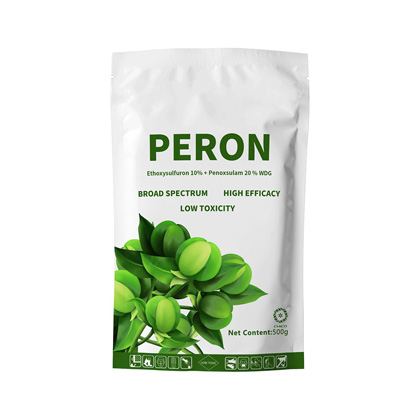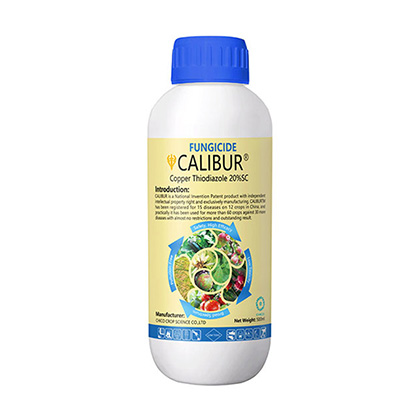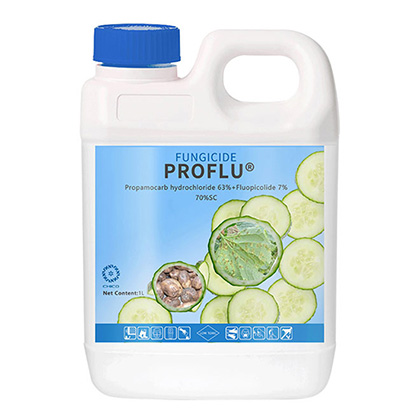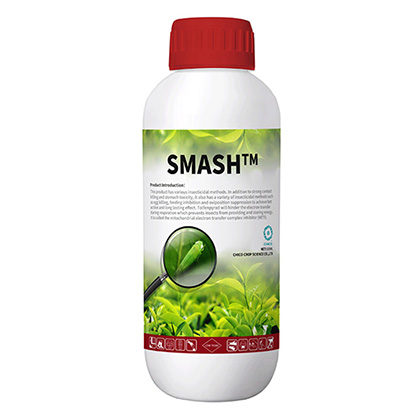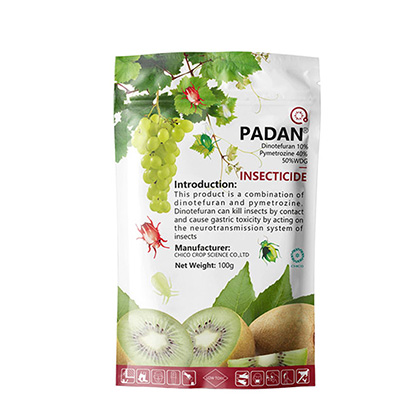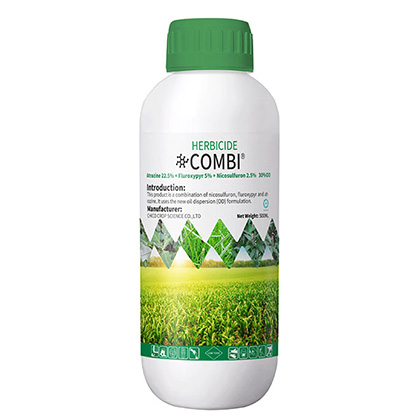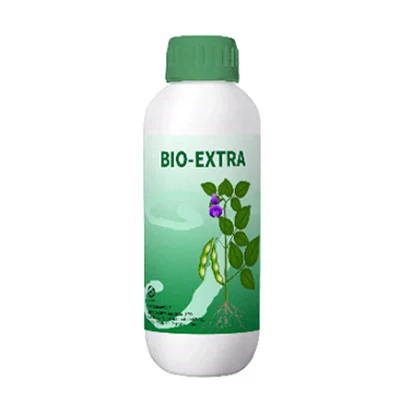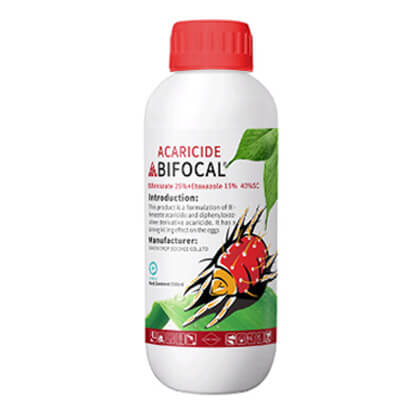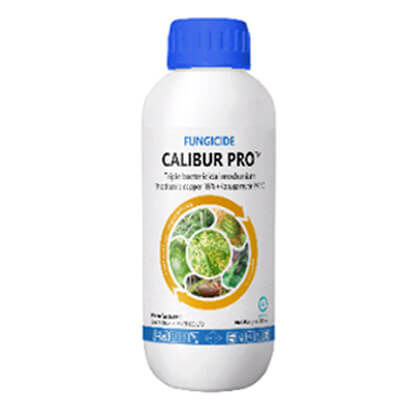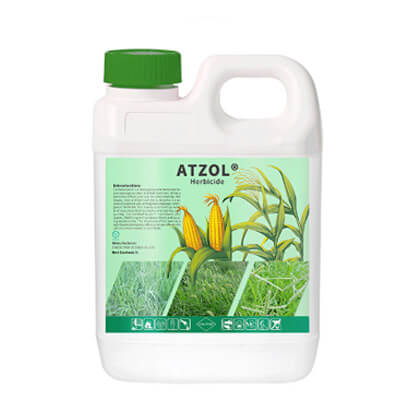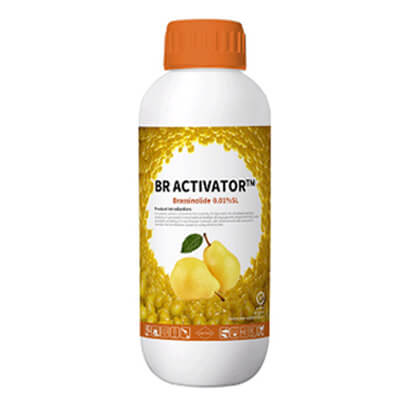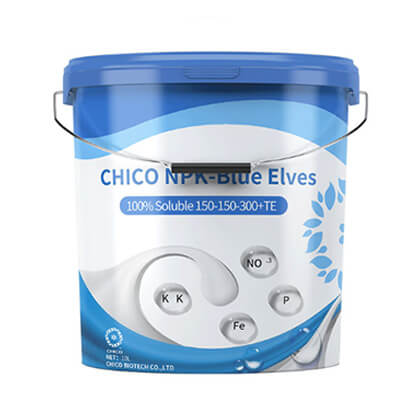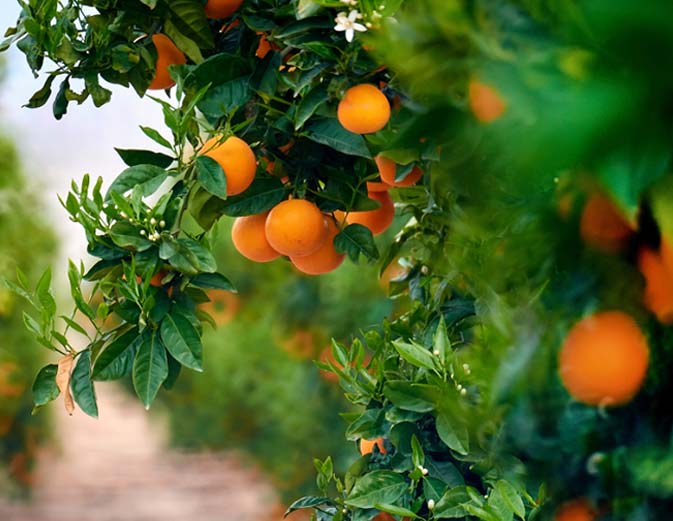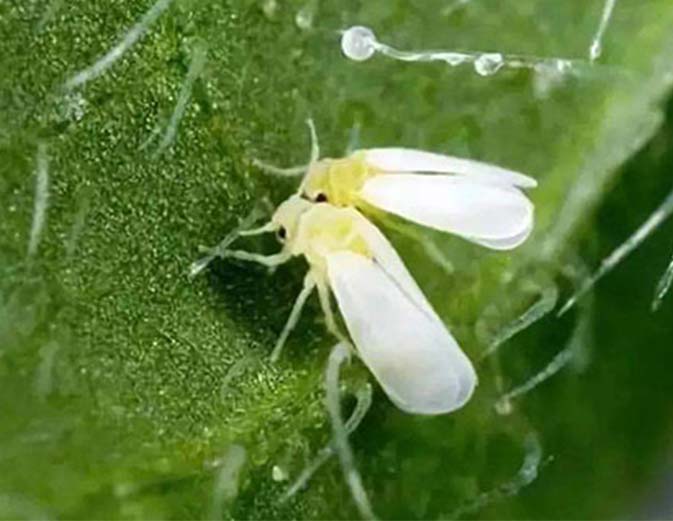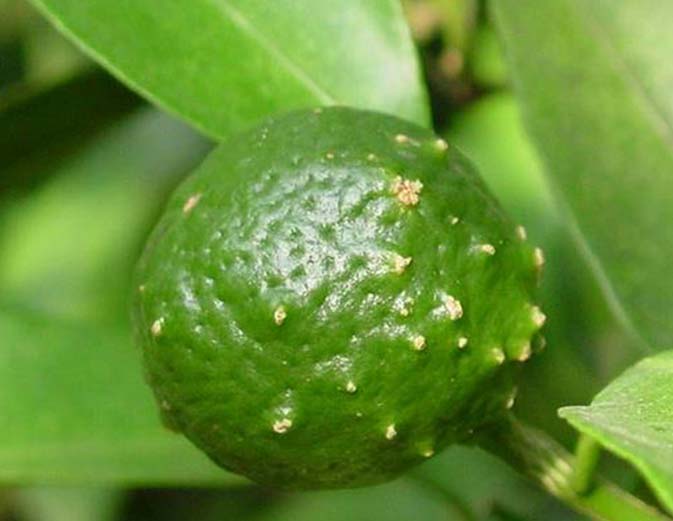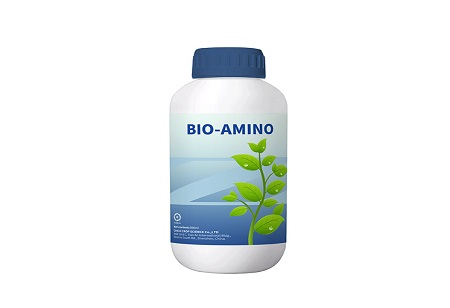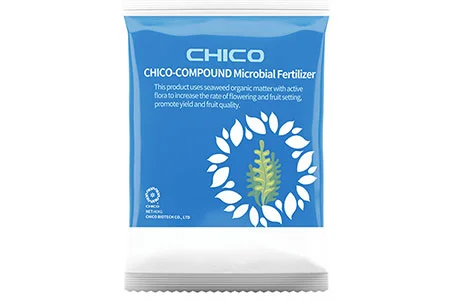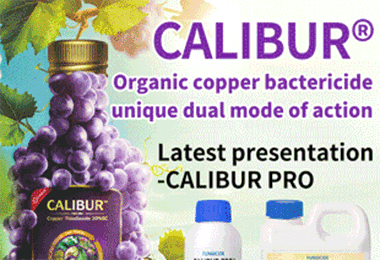
The New Favorite in Fertilizers: Bio-Liquid Fertilizer
Bio-liquid fertilizer, as the name suggests, is a liquid fertilizer that combines various elemental organic matter chelation with water and directly sprays on plant leaves or roots for rapid absorption. Bio-liquid fertilizer is characterized by comprehensive nutrition, good water solubility, fewer impurities, quick effect, high absorption rate, convenience, multifunctionality, and other features. With the widespread adoption of fertigation technology, bio-liquid fertilizer has also been widely used. The fertigation technology has advantages such as water and fertilizer savings, labor savings, and high efficiency, and bio-liquid fertilizer is the preferred fertilizer for fertigation, making it very suitable for automated fertilization.
Bio-Liquid Fertilizer vs Solid Fertilizer
Bio-liquid fertilizer is mixed with water to ensure a safe concentration, preventing seedling and root burns
Bio-liquid fertilizer is used in small amounts and multiple times, generally preventing over-fertilization
Liquid compound fertilizers contain more nutrients and organic matter, offering more balanced nutrients. The utilization rate of liquid fertilizers is usually 30% higher than that of solid fertilizers
Using liquid fertilizer through facilities such as fertilizer guns, micro-sprinklers, and drip irrigation can even increase efficiency by 50%
Bio-liquid fertilizer production is dust-free, pollution-free, easily adjustable in formula, and simple in quality inspection
Bio-liquid fertilizer, compared to solid fertilizer, is easier to incorporate insecticides, fungicides, and trace elements, thereby achieving integrated pest management and fertilization
Advantages of Bio-Liquid Fertilizer
Bio-liquid fertilizer provides more comprehensive nutrition than traditional chemical fertilizers, resulting in more balanced crop growth after application
Bio-liquid fertilizer primarily uses nitrogen, phosphorus, and potassium as raw materials, with the possibility of adding various bioactive substances and trace elements like calcium, magnesium, iron, manganese, boron, and zinc. Additionally, to enhance the fertilizer's effectiveness and chelation, some products also incorporate appropriate amounts of humic acid, amino acids, organic matter, or small-molecule fulvic acid, meeting the nutritional needs of crops at various growth stages. Traditional chemical fertilizers usually contain relatively simple components, and prolonged use of chemical fertilizers inevitably leads to a single nutrient composition in the soil, causing crop nutrient imbalance and stunting internal conversion and synthesis, eventually resulting in a decline in crop quality.
Bio-liquid fertilizer is multifunctional, significantly increasing crops' resistance to adversities and diseases after application
Bio-liquid fertilizer not only provides nutrient components to plants but also offers additional physiological functions. Bio-liquid fertilizers can incorporate substances such as alginate polysaccharides, oligosaccharides, mannitol, phenolic polymer compounds, betaine, alginic acid, and natural antibiotics, providing antibacterial, antiviral, and insect repellent effects, greatly enhancing plants' resistance to cold, drought, diseases, lodging, and saline-alkali conditions. They offer strong resistance to viral diseases, blight, anthracnose, downy mildew, gray mold, powdery mildew, and wilt. Traditional chemical fertilizers only contain elements like nitrogen, phosphorus, and potassium and lack organic matter and humus, resulting in more limited functionality. Moreover, extensive use of chemical fertilizers causes the death of beneficial soil bacteria and microbes.
Bio-liquid fertilizer is easily absorbed by plants, promoting vigorous growth and significantly improving yield and crop quality after application
In addition to adding nutrients such as nitrogen, phosphorus, and potassium, liquid fertilizers also contain adjuvants that assist crop absorption, resulting in high biological activity. Liquid fertilizers incorporate surfactants that reduce water's surface tension, forming a thin film on the plant's surface, increasing the contact area, and making water-soluble substances more readily penetrate the cell membrane of stems and leaves, allowing plants to efficiently absorb the nutrients in liquid fertilizers. Comparative experiments worldwide have shown excellent results when liquid fertilizers are applied to various crops and fruits like potatoes, corn, wheat, peanuts, beets, cucumbers, tomatoes, and grapes.
Bio-liquid fertilizers are rich in organic matter, capable of improving soil micro-ecology, promoting root growth, and combating continuous cropping obstacles
Bio-liquid fertilizers can either directly increase soil organic matter or do so through plants, activating various beneficial soil microorganisms. These microorganisms act as catalysts in the plant-microbe metabolic cycle, enhancing the biological efficacy of the soil. The metabolites of plants and soil microbes can provide more nutrients to plants. The organic matter in bio-liquid fertilizers promotes the formation of soil aggregates, increases soil biological activity, facilitates the release of fast-acting nutrients, supports root growth, and improves crops' resistance to stress and continuous cropping challenges. Bio-liquid fertilizers have advantages such as high nutrient content, comprehensive nutrition, rapid solubility, fewer impurities, quick fertilizer effect, high absorption rate, convenience, multifunctionality, and safe application, making it an ideal fertilizer aligned with modern agricultural development.
Bio-liquid fertilizers are characterized by high content, safety, and being pollution-free
Bio-liquid fertilizers belong to non-toxic water-soluble fertilizers, with high nutrient content, good affinity with crops, non-toxic and harmless to humans and animals, and non-polluting to the environment. These advantages are unmatched by any other chemical fertilizers. Traditional chemical fertilizers pose risks to human health. Excessive application of chemical fertilizers can lead to excessive nitrate levels in vegetables, and nitrites combined with amines form N-nitroso compounds, which are potent carcinogens. Over-fertilization leads to nutrient imbalances in the soil, reducing fertilizer utilization rates, causing excessive accumulation of certain elements in the soil, promoting soil acidification, and polluting the ecological environment.

